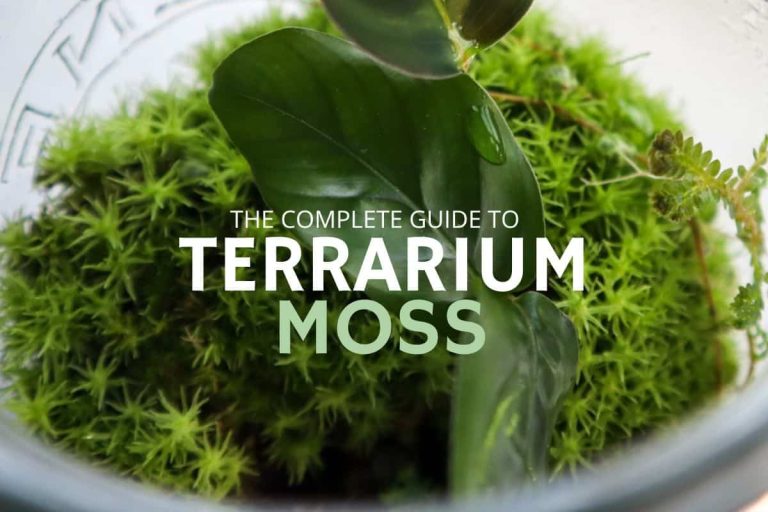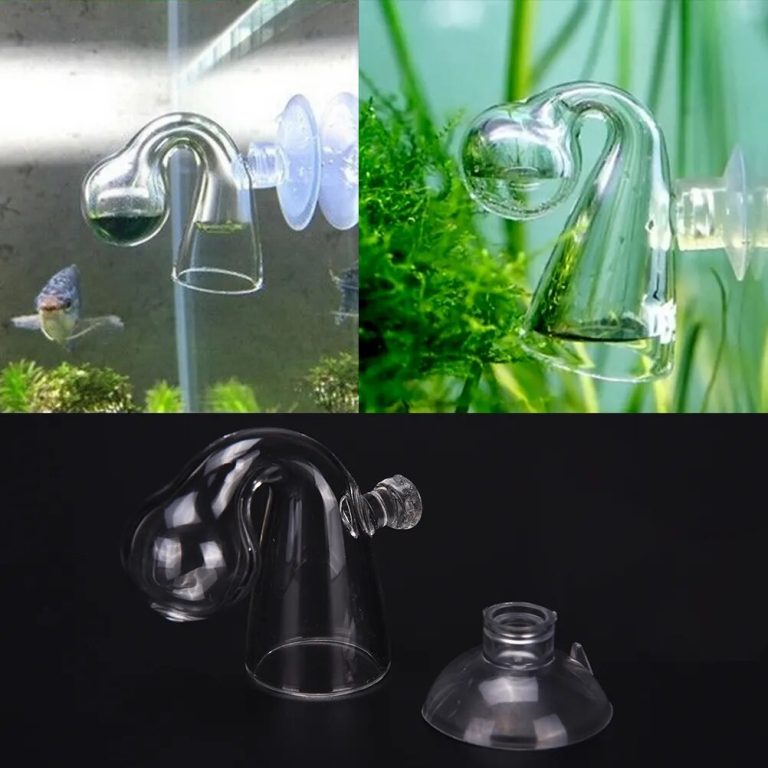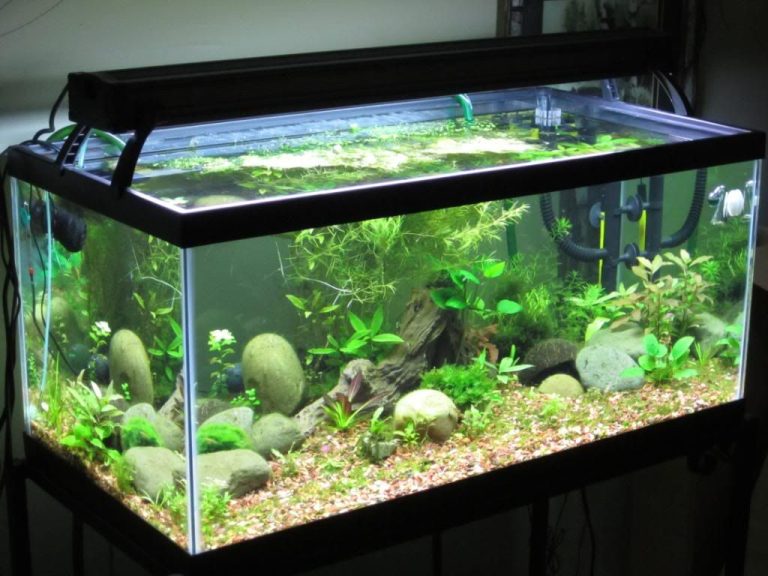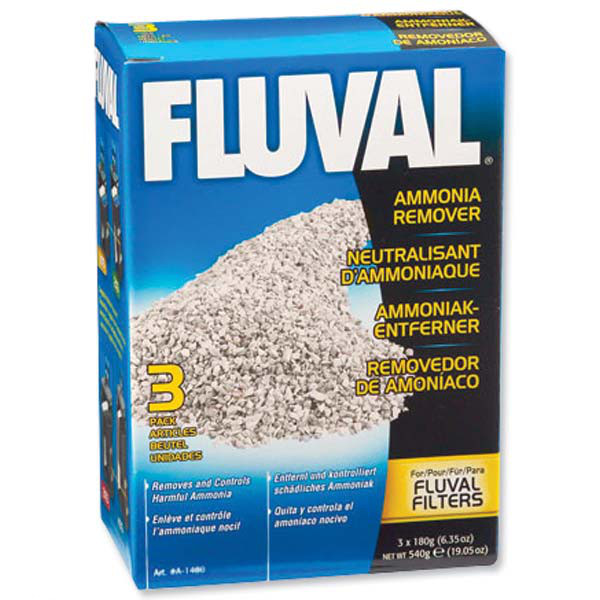Salt Mixing in Aquariums: What You Need to Know
No, you should not mix salt directly in your aquarium. It could be harmful to your fish and plants.
Aquarium enthusiasts often add salt to their aquariums to improve water quality and reduce stress in fish. However, it is vital to understand that adding salt directly to your aquarium can have adverse effects on your aquatic pets. Before adding salt to your aquarium, you should follow the right procedure, which includes dissolving it first in a bowl of water before slowly pouring it into your aquarium.
Getting this wrong could lead to dead fish, damaged plants, and even a full tank crash. In this article, we explain why you need salt in your aquarium, the correct amount to add, and the advantages and downsides you should consider.

Credit: www.bulkreefsupply.com
Understanding The Basics Of Salt Mixing In Aquariums
When it comes to setting up an aquarium, maintaining proper salinity is crucial for the health and survival of your aquatic pets. One common question that arises is whether or not to mix salt directly in the aquarium. In this post, we will discuss the basics of salt mixing in aquariums and why it is essential to follow the proper ratio.
The Importance Of Maintaining Proper Salinity
Proper salinity is vital because it helps maintain a healthy environment for your aquatic pets. If the salinity is too high or low, it can cause stress or even death to your fish, corals, and other invertebrates. The ideal salinity for a saltwater aquarium is between 1.
020 and 1. 025 specific gravity. Maintaining proper salinity levels also aids in the growth and reproduction of marine organisms.
Salt Mixing Terminology And Units Of Measurement
Before mixing salt, it’s essential to understand some commonly used terms and units of measurement.
- Specific gravity: This is the ratio of the density of seawater compared to pure water. The ideal specific gravity for most marine aquariums is between 1.020 and 1.025.
- Parts per thousand (ppt): It is a unit of measurement used to express the concentration of dissolved salt in water. One ppt is equal to 1 gram of salt per 1000 grams of water.
- Salinity: It is a measure of the total amount of dissolved salt in water. It is usually measured in ppt or specific gravity.
Recommended Salt Mix Ratio
When mixing salt, it’s essential to follow the recommended ratio to maintain the right salinity levels. Here’s the recommended ratio for mixing salt:
- For a fish-only aquarium: Mix 1/2 to 3/4 cup of salt for every gallon of water.
- For a reef aquarium: Mix 1 cup of salt for every gallon of water.
It’s essential to mix the salt in a separate container before adding it to the aquarium. Adding the salt directly to the aquarium can cause osmotic stress, which can harm your aquatic pets.
Maintaining proper salinity is crucial for the health and growth of marine organisms. Understanding the basics of salt mixing, including terminology, units of measurement, and the recommended salt mix ratio, is vital for a successful aquarium setup. By following these guidelines, you can create a healthy and thriving aquatic environment for your pets.
Choosing The Right Salt Mix For Your Aquarium
Can i mix salt directly in my aquarium: choosing the right salt mix for your aquarium
Aquarium salt plays a crucial role in maintaining the overall health and well-being of aquatic creatures in your aquarium, but you must choose the right type of salt mix. Not all aquarium salt mixes are created equal, and the quality you choose can significantly impact your aquatic pet’s health.
Types Of Salt Mix
There are four main types of salt mixes for aquariums:
- Marine salt mix: Designed to meet the specific needs of marine fish and invertebrates.
- Brackish salt mix: Designed for species that need a salt level between freshwater and seawater, such as certain tropical fish, turtles and snails.
- Freshwater salt mix: Designed to add electrolytes and minerals to freshwater aquariums; it does not contain actual salt.
- Reef salt mix: Designed to recreate reef-like conditions in a marine aquarium.
Quality Factors To Consider When Choosing Salt Mix
Here are some factors you should consider before purchasing salt mix for your aquarium:
- Brand reputation: Choose a reputable brand that is trusted by aquarium enthusiasts.
- Purity: The less impurities the better, as these can negatively impact your aquarium’s ph, salinity, and the health of your fish.
- Dissolving time: The faster the salt mix dissolves, the better it is for your aquarium’s inhabitants.
- Price: Choose a salt mix that fits within your budget, but never compromise on quality.
Pros And Cons Of Using Salt Mix
Using salt mix in your aquarium has both advantages and disadvantages. Here are some to consider:
Pros:
- Aquarium salt provides important minerals and electrolytes needed for healthy aquatic life.
- It helps prevent and treat various diseases, such as fungus and parasites.
- Salt mix can promote healthy gill function while reducing stress in fish.
Cons:
- Too much salt can harm or even kill some species of aquatic animals.
- If you add too much salt, it can also affect the ph level and salinity of your aquarium, disrupting the balance of your aquatic ecosystem.
- Regularly adding salt mix can be costly over time.
Choosing the right salt mix for your aquarium is essential to keep your aquatic creatures healthy and thriving. By considering the type of salt mix, quality factors, and weighing the pros and cons, you can make a well-informed decision when choosing the right salt mix for your aquarium.
Preparing And Mixing Salt Mix
Are you a beginner in aquarium-keeping? One of the most crucial questions aquarists ask themselves is, ‘can i mix salt directly in my aquarium? ‘ The answer is no; it is not recommended. Mixing salt in the aquarium can cause a significant shift in salinity, creating an uncomfortable environment for the marine life in your aquarium.
Thankfully, there is a solution – preparing and mixing salt mix.
Steps To Prepare Salt Mix
The process of preparing salt mix requires a measure of attention and care to ensure that you get the appropriate salinity levels for your aquarium. The following are the steps to prepare salt mix:
- Gather all the necessary tools and materials.
- Fill a suitable container with clean, fresh, and purified water.
- Add the salt mix to the water, in small increments, stirring continuously, until the salt mix dissolves.
- Use a reliable hydrometer or refractometer to measure salinity levels.
- Adjust the salinity levels as required by adding either more salt mix (to increase the salinity) or more water (to maintain or decrease it).
Tools Needed For Mixing Salt Mix
Preparing salt mix involves adding a specific amount of salt to water, and to achieve this, you need specific tools and materials. The following is a list of everything you will need when preparing and mixing salt mix:
- Clean container
- High-quality salt mix
- Pure freshwater
- Heater (optional)
- Hydrometer or refractometer
- Thermometer
- Stirring implement
Common Mistakes To Avoid When Mixing Salt Mix
Even though preparing salt mix seems relatively straightforward, there are common mistakes that inexperienced aquarists make. The following are common errors to avoid when mixing salt mix:
- Adding too much or too little salt mix.
- Adding salt mix to an already-established aquarium.
- Using tap water instead of purified freshwater.
- Not stirring or agitating the mixture enough.
- Misreading the salinity levels on the hydrometer or refractometer.
Preparing and mixing salt mix is crucial for maintaining a healthy environment for the marine life in an aquarium. It would be best to follow the steps and ensure that you have the right tools and materials to avoid common mistakes.
With this knowledge, you are now ready to create a suitable environment for your aquarium pets.
Adding Salt Mix To Your Aquarium
Can i mix salt directly in my aquarium: adding salt mix to your aquarium
Maintaining a healthy environment in your aquarium is necessary to keep your fish and other aquatic animals thriving. Adding salt mix to your aquarium is beneficial and can help you achieve this. However, it’s essential to do it right to avoid harming your aquatic pets.
In this blog post, we discuss how to add salt mix to your aquarium, how to monitor salinity levels, and how to adjust salinity levels if necessary.
How To Add Salt Mix To Your Aquarium
Adding salt mix to your aquarium is easy, and you only need a few tools to get started. Here are the steps you should follow:
- Fill a clean container with the recommended amount of ro or dechlorinated water depending on the amount of salt mix you want to add.
- Slowly pour the salt mix into the container while stirring. This will help to dissolve the mix entirely.
- Once the mix is fully dissolved, slowly pour the water into your aquarium while monitoring the salinity levels.
How To Monitor Salinity Levels
Monitoring the salinity levels in your aquarium is crucial to ensure a healthy environment for your aquatic pets. Here’s how you can do it:
- Use a refractometer or a hydrometer to determine the salinity levels. These tools measure the specific gravity of the water, which is directly proportional to the salinity levels.
- The salinity levels should be between 30-35 parts per thousand (ppt) for a marine aquarium and between 0.5-5.0 ppt for a freshwater aquarium.
- Check the salinity levels daily and maintain it within the recommended range.
How To Adjust Salinity Levels If Necessary
If you find that the salinity levels in your aquarium are not within the recommended range, you can make adjustments to fix the problem. Here’s how:
- To increase salinity levels, add more salt mix to your aquarium slowly.
- To decrease salinity levels, you can remove some of the water and replace it with freshwater.
- Always make adjustments slowly and monitor the salinity levels regularly until you achieve the desired range.
Adding salt mix to your aquarium is beneficial to the lives of your aquatic pets. However, it’s essential to do it right to avoid harming them. Follow the steps outlined in this post to add salt mix to your aquarium, monitor salinity levels, and adjust them if necessary.
With the right approach, your aquarium will provide a healthy environment for your pets to thrive.
Troubleshooting Common Problems With Salt Mixing
Aquarium enthusiasts know how important water parameters are for the survival of aquatic fauna and flora. One of the critical aspects of aquarium maintenance is keeping the right salinity levels. Some aquarium hobbyists prefer to mix salt directly into the aquarium instead of creating a saltwater solution.
While this is not uncommon, it can lead to various issues. We will delve into some of the common problems that arise when mixing salt directly into an aquarium and possible solutions for these problems.
Salt Crystallization On Aquarium Walls
Salt crystals can accumulate on the aquarium walls if you mix salt directly into the aquarium. This occurrence is due to not dissolving the salt adequately before introducing it to the water. When the water evaporates, the salt residue stays, leading to unsightly formations on the walls of the aquarium tank.
Below are some ways you can avoid salt crystallization on the aquarium walls:
- Always dissolve the salt before introducing it to the aquarium.
- Purchase higher quality salt designed for aquarium use.
- Reduce water evaporation by using a lid and keeping the aquarium in a cool room.
Salt Precipitation In The Aquarium
When you mix salt directly into an aquarium, it can lead to salt precipitation. Salt precipitation is when the salt in the aquarium water clumps together, leading to visible white particles that get stuck to the walls or substrate of the aquarium.
Here are some ways you can avoid salt precipitation:
- Dissolve the salt adequately before introducing it into the aquarium.
- Use high-quality aquarium salt.
- Gradually add the salt to the water in small quantities instead of adding it all at once.
Cloudy Water After Adding Salt Mix
If you mix salt directly into the aquarium, it can potentially lead to cloudy water. This occurrence happens because the salt has not dissolved correctly, and the particles remain suspended in the water. Cloudy water can also result from bacteria growth due to the sudden increase in salinity.
Here are some ways you can avoid cloudy water after adding salt mix:
- Make sure to dissolve the salt correctly before introducing it to the aquarium.
- Wait for some time before adding any marine life to the aquarium, allowing the dust and particles in the water to settle.
- Regularly clean the aquarium with a suitable cleaning agent and maintain proper filtration to reduce bacteria growth.
Mixing salt directly into an aquarium is not ideal and can lead to various issues, including salt crystallization, salt precipitation, and cloudy water. It is safer to dissolve the salt correctly before introducing it to the aquarium. High-quality aquarium salt is also crucial to preventing most of these problems.
By following the aforementioned tips, you can reduce the chances of these issues arising and maintain the perfect salinity levels for your aquarium.
Frequently Asked Questions Of Can I Mix Salt Directly In My Aquarium
What Happens If I Add Salt Directly To My Aquarium?
Adding salt directly can harm your fish and other aquatic life inside the aquarium.
How Much Salt Should I Add To My Aquarium?
The amount of salt depends on the type of fish and aquatic plants in your aquarium.
Can I Mix Any Salt Into My Aquarium?
No, not all salts are suitable for aquarium use. Only use aquarium salt to avoid harming aquatic life.
Do I Need To Dissolve The Salt Before Adding It To The Aquarium?
Yes, always dissolve salt in water before adding it to the aquarium. Undissolved salt can harm your fish.
Conclusion
After analyzing the risks and rewards of adding salt to your aquarium, it is safe to conclude that it can be done as long as it is done properly. However, it is important to carefully monitor the salt levels and fish behavior to ensure that the fish are not experiencing any negative effects.
Remember to research the specific types of fish in your aquarium and their tolerance to salt before adding any. Additionally, make sure to dissolve the salt in a separate container before adding it to the tank to avoid any potential harm to the fish.
The right amount of salt can help maintain a healthy and thriving aquarium ecosystem, but too much can be harmful. As aquarists, it is our responsibility to maintain the health and well-being of our fish. Happy aquarium keeping!






